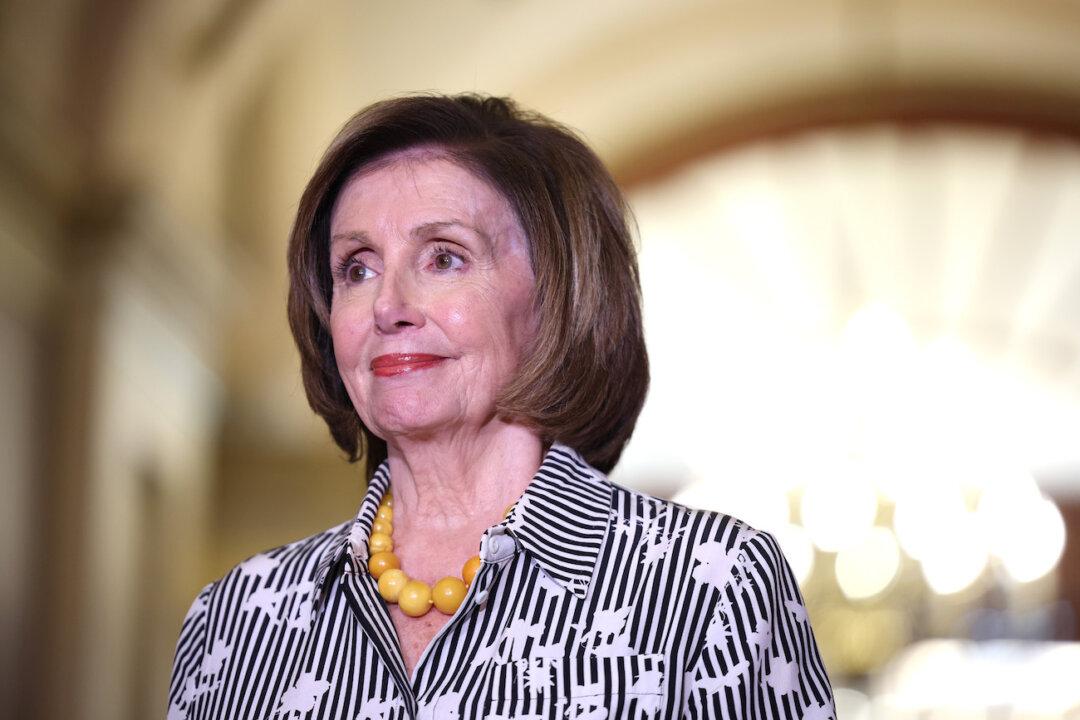
Speaker of the House Nancy Pelosi (D-Calif.) is seen at the U.S. Capitol in Washington, on June 28, 2021. Anna Moneymaker/Getty Images
Lawmakers in the House voted to pass a debt ceiling bill on Wednesday that would suspend the federal debt limit through to Dec. 17, 2022.
In a 219–212 vote along party lines, the measure comes just weeks before the federal government would default on debt.





